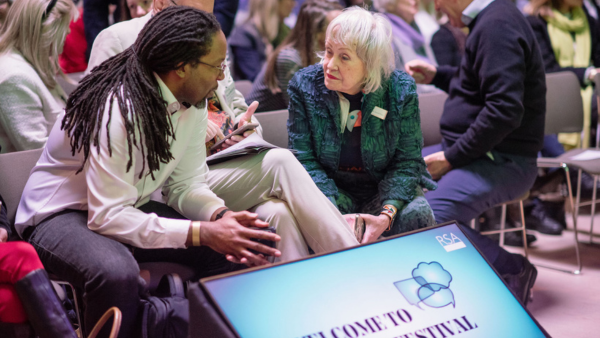A few years ago I wrote and published a short book with my father. 'What are children for?' explored what might lie behind the declining birth rate in developed nations . The book got some news coverage and was serialised in The Times. In the first days after publication it sold a few hundred copies, then, after getting some pretty mixed reviews (mainly from women who questioned our authority to write on the subject) it disappeared without trace. It was great fun to work with Laurie and I like occasionally using the phase 'in my book', but otherwise it was a strangely inconsequential episode in my life.
I was reminded of the book by new ONS data showing a rise in overall fertility, even among the indigenous British population. 'What are children for?' suggested there might be strong underlying cultural reasons for the declining birthrate so perhaps I should be admitting we got it wrong. Then again, perhaps not.
A general rule among those who study birthrates is that over time the higher rate among migrant groups comes back towards the indigenous norm. Although rising, the UK fertility rate is still below the replacement rate of just over 2.0 per woman. This is the same among all other Western European nations, where it is immigrant groups that keep the overall level closer to or above the replacement rate.
What the statistics don't show, as far as I can see, is a comparison between second generation immigrants and the long term indigenous population. I suspect the 1.84 child per woman rate for the UK born population includes a higher rate for second generation migrants but a much lower rate for middle class women. If this is the case and migration levels remains the same or decline (as they have done in the last year), we would still expect to see, over time, a replacement rate consistently below 2.0. This means the number of people dying each year exceeds the number being born, as it already does in Germany.
Overall, I agree wholeheartedly with Felipe Fernandez-Armesto who argues this morning that we shouldn't worry about increases in the birth rate. As he says, the important thing as far as sustainability is concerned is not how many children we have in the developed world but how the population uses resources. As he points out, the global population increased fourfold in the 20th century but per capita resource consumption multiplied nineteen fold. Also, while it is good policy to enable women in developing countries the power to choose to have fewer children, it remains the case that the very best way to bring birth rates down (both in nations and in groups within nations) is to help people become better off.
So, I'm not quite ready yet to abandon the argument in 'what are children for?'. In essence, we suggested the usual arguments made to explain the decline in the birth rate among the middle classes (the cost of children and the impact on women's careers) were inadequate. Instead we explored whether other factors such as a loss of faith in human progress or the decline in the idea of family professions and family businesses had diminished some of the cultural meaning of parenting. (For those who ask why we need a reason to parent, we reminded our readers of the overwhelming evidence that, unlike having a partner, a garden or a dog, having children has no aggregate effect on adult happiness levels.)
Anway if you want to read the elegant, convincing argument in full you'll have to buy the book. But be quick, of the 2,000 copies in the second run there are only about 1,980 still available .
Related articles
-
From the era of anxiety to an age of aspiration
Andy Haldane
Shifting to an age of aspiration requires an environment where risk is seen as an opportunity, the culture is one of optimism, and investment is everywhere. Andy Haldane, RSA CEO, suggests our Design for Life mission can turn the tide of opinion to achieve those objectives.
-
Nine famous female Fellows inspiring inclusion
Dean Samways
International Women’s Day 2024 invites us to imagine a world where all genders enjoy equality. Where prejudice and discrimination no longer exist. This is the world our work is helping deliver to this and future generations.
-
Fellows Festival 2024: changemaking for the future
Mike Thatcher
The 2024 Fellows Festival was the biggest and boldest so far, with a diverse range of high-profile speakers offering remarkable stories of courageous acts to make the world a better place.




Be the first to write a comment
Comments
Please login to post a comment or reply
Don't have an account? Click here to register.